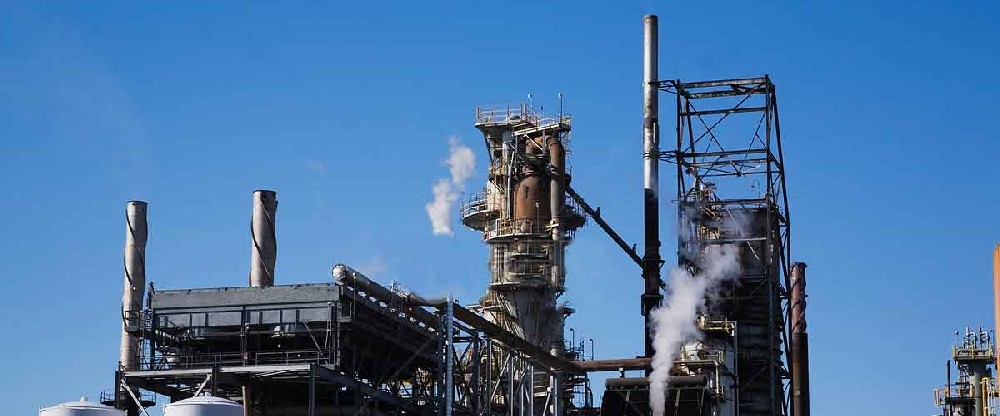Sodium Bicarbonate Dry Desulfurization Process

The dry desulfurization process uses a pulverizer with its own classification system and a conveyor fan combined into a complete grinding and powder spraying device. The pulverized sodium bicarbonate fine powder has a layered or porous structure, uniform particle size, and good dispersion. The solid ultrafine powder is then directly injected into the furnace or reaction tower through multiple nozzles. It can effectively remove more than 95% of SO2 and HCl in exhaust gas, and the removal rate can even reach 99%.
The use of sodium bicarbonate (baking soda) dry desulfurization can not only meet stringent environmental requirements, but also effectively reduce investment and operating costs compared with other flue gas purification methods.
The baking soda dry desulfurization process has the following advantages: fully dry system, no water required; dry powder is sprayed in front of pipes and bags; reaction by-products can be discharged through the dust removal system; no production shutdown is required; one-time investment is very small; and it occupies very little area ; System cost is low; competitive; reaction efficiency is very high, over-injection volume is very small, and undetectable emissions can be achieved; denitration catalyst poisoning is effectively suppressed; flexibility is high, and it can be adapted to the most stringent emission indicators at any time.
Sodium bicarbonate (baking soda, NaHCO3) can be used as an adsorbent for flue gas desulfurization. It removes acidic pollutants in flue gas through chemical adsorption. At the same time, it can also remove some inorganic and organic trace substances through physical adsorption. In this process, sodium bicarbonate fine powder is directly sprayed into the high-temperature flue gas of 140 to 250°C.
In the flue gas pipe, the desulfurizer – baking soda (NaHCO3) – is activated under the action of high-temperature flue gas, forming a microporous structure on the surface, just like popcorn being popped. The flue gas in the flue fully contacts the activated desulfurization agent to undergo a chemical reaction. , SO2 and other acidic media in the flue gas are absorbed and purified, and the desulfurized and dried Na2SO4 by-product enters the bag dust collector with the air flow and is captured.
The newly generated sodium carbonate Na2CO3 is highly reactive at the moment of generation and can spontaneously undergo the following reactions with acidic pollutants in flue gas:
Main reactions:
2NaHCO3(s)→Na2CO3(s)+H2O(g)+CO2(g)
SO2(g)+Na2CO3(s)+1/2O2→Na2SO4(s)+CO2(g)
Side reactions:
SO3(g)+Na2CO3(s)→Na2SO4(s)+CO2(g)
